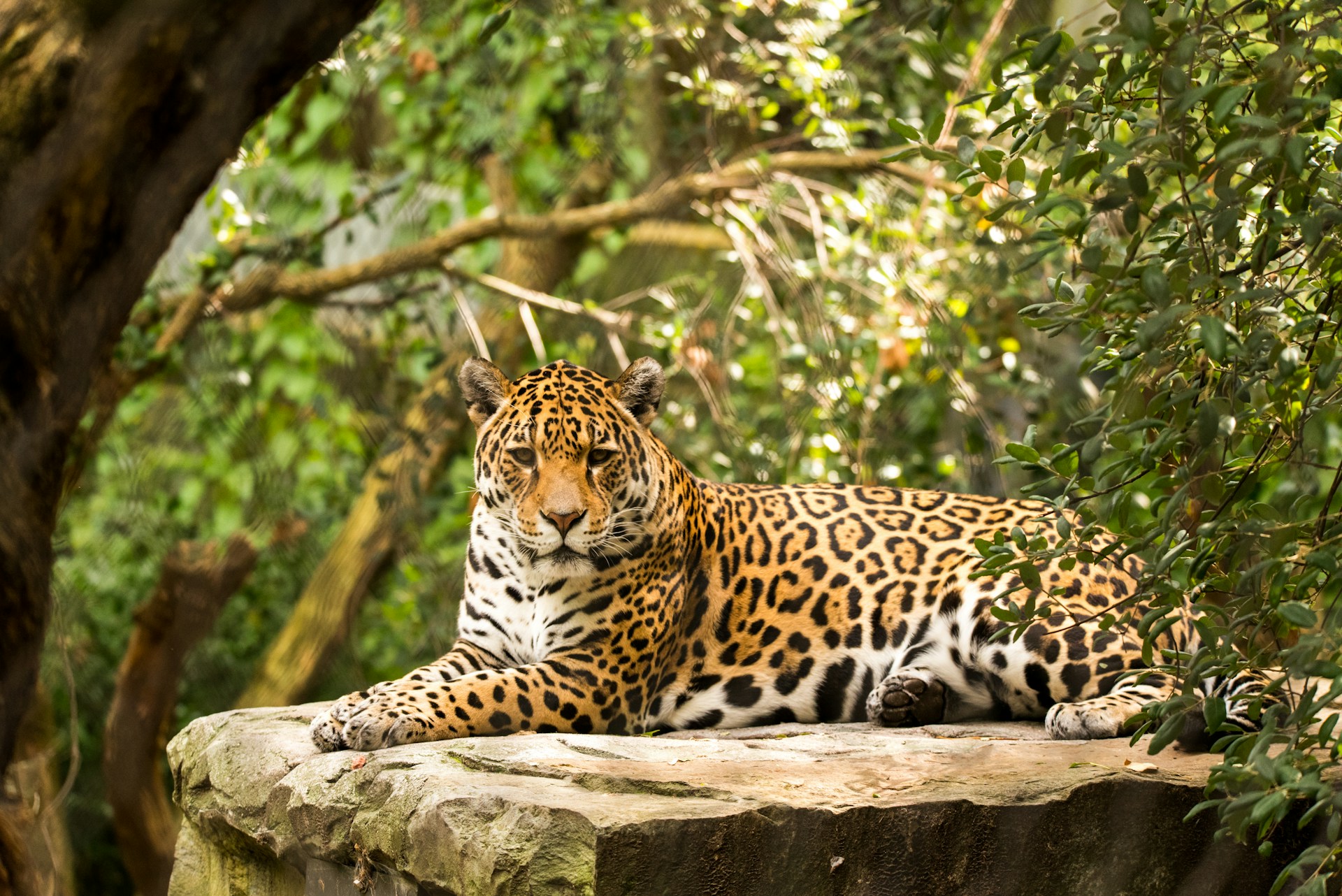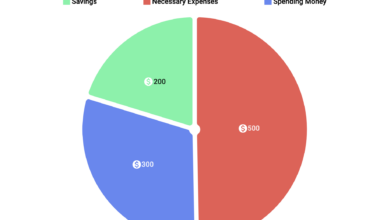Predators loom large in imagination, yet evidence shows most prefer distance to drama. Across forests, coasts, and city edges, animals read human cues and choose flight over risk. Voices on a trail, a truck’s rumble, or synthetic scent can trigger evasive habits that reshape feeding and movement. Here’s the thing. Power in the wild often looks like caution and quiet recalculation. What this really means is that teeth and claws are rarely aimed at people, even when fear runs both ways.
Mountain Lions Prefer Retreat
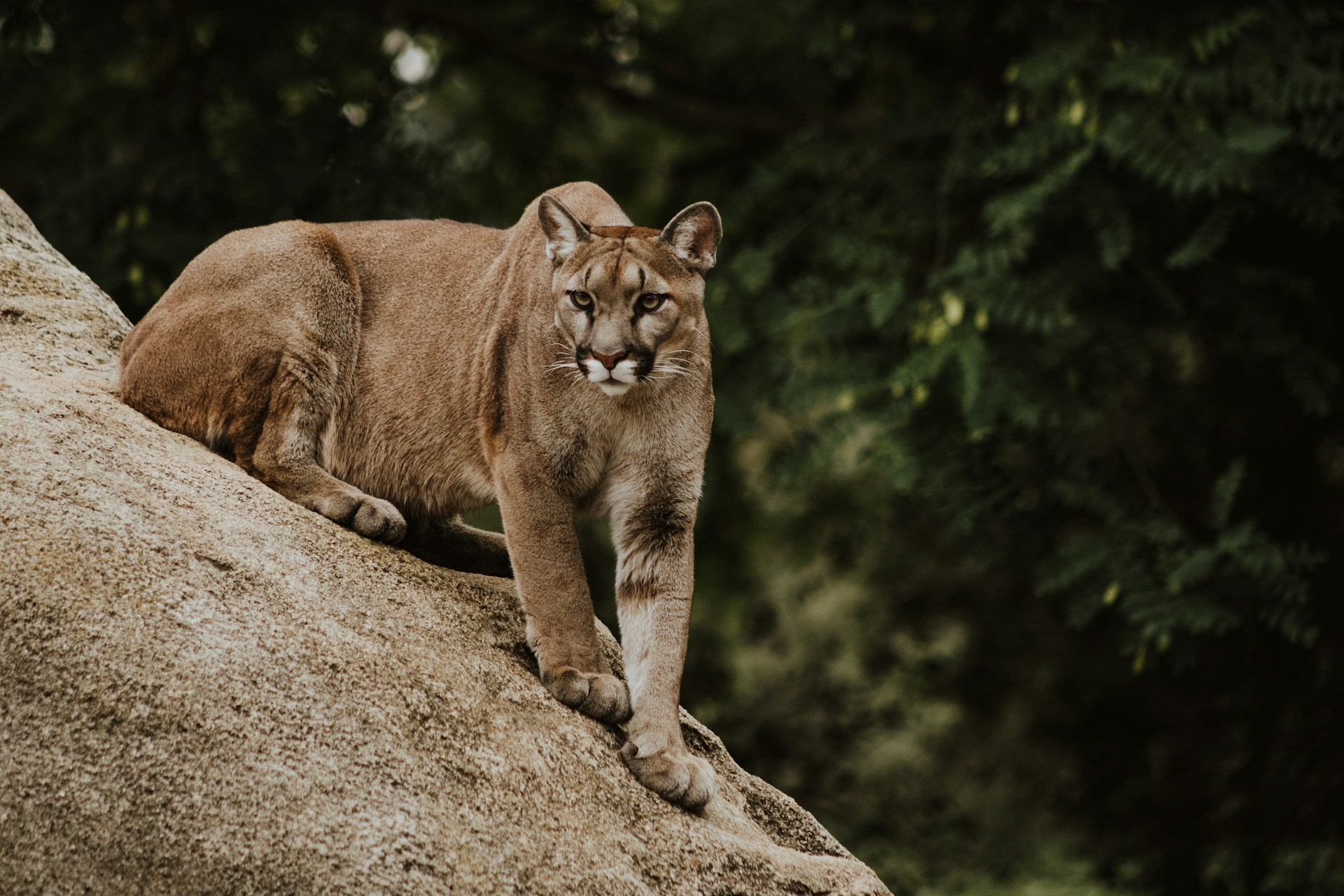
In the Santa Cruz Mountains, researchers placed speakers at puma kill sites and played ordinary conversation when a cat returned to feed. The response was immediate. Most fled at the first syllable, then waited longer to resume eating and consumed less when they did. That avoidance even raised kill rates in busier zones, a costly trade to steer clear of people. A puma can topple a deer three times its weight, yet a calm human voice sends it slipping back into cover.
Kangaroos and Wallabies Rank Humans Highest
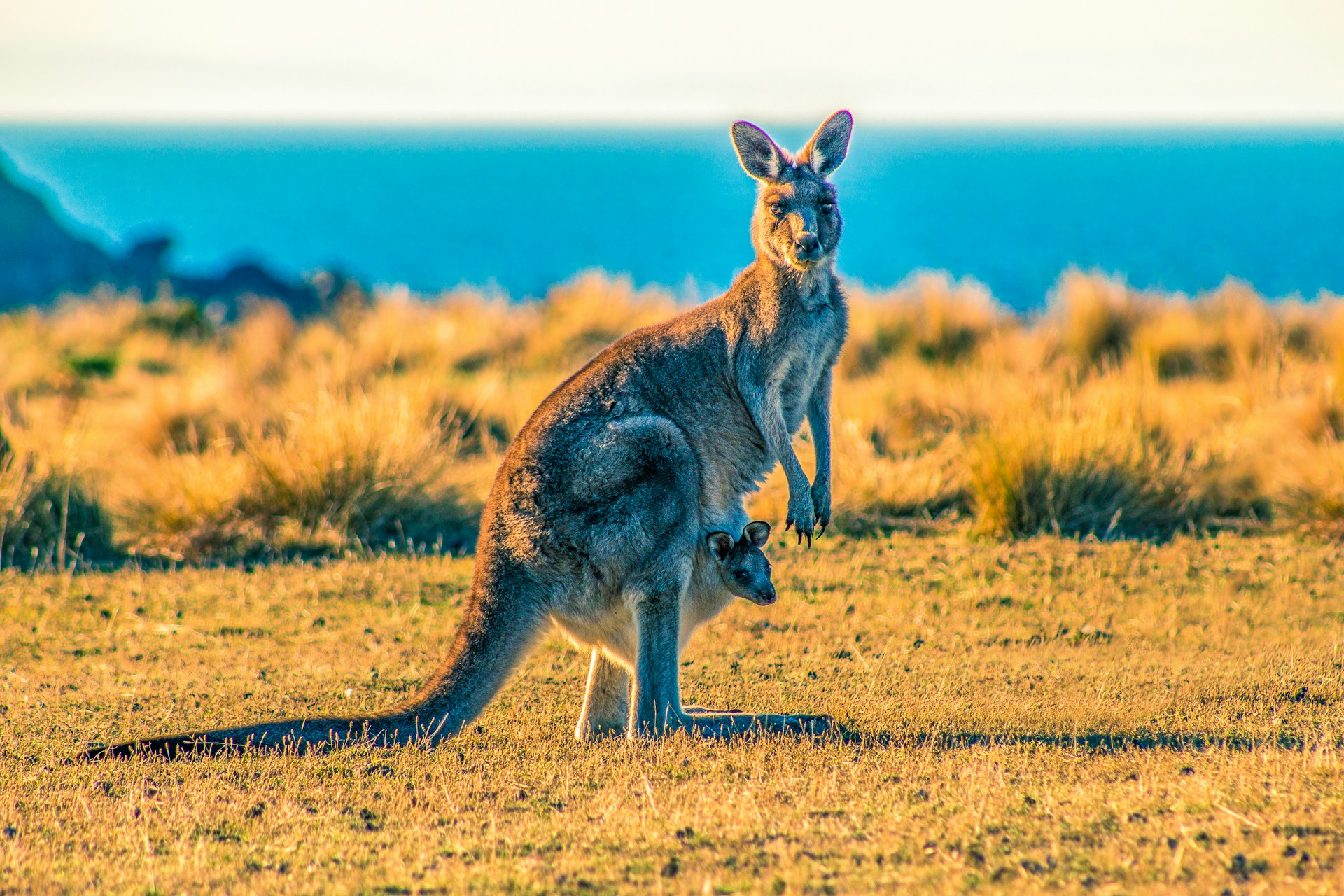
Camera traps in Tasmanian forests compared reactions to devils, dogs, wolves, and human voices. Marsupials broke first and farthest for speech, a pattern repeated across species regardless of size or temperament. The scale of the response suggests more than local learning. It looks like a fast, community wide calibration that frames humans as the top threat. Even after evolving for ages without us, these grazers now treat conversation as a cue to clear the field and save the argument for another day.
Grizzly Bears Skirt Human Landscapes
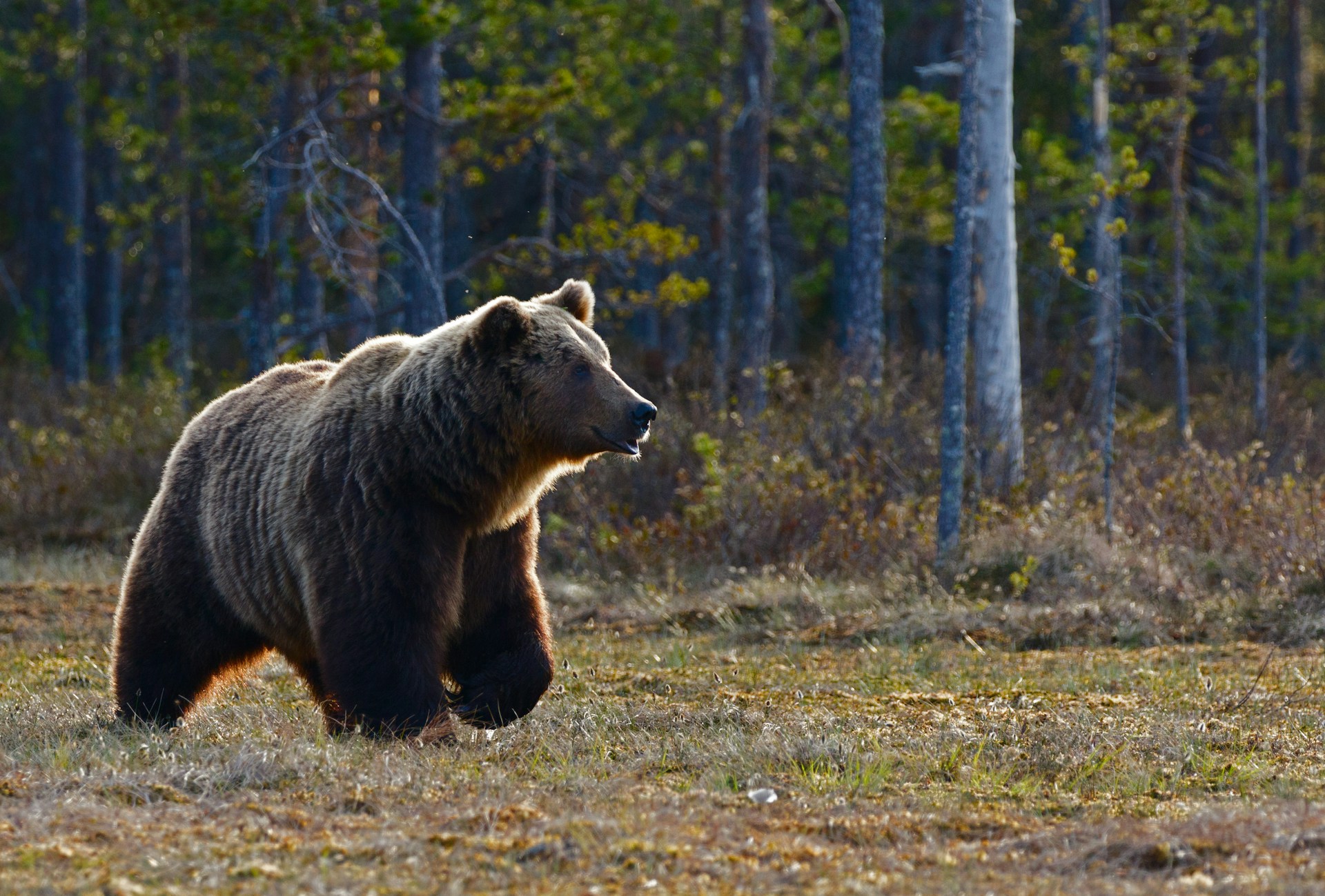
A grizzly reads terrain like a ledger and weighs every entry against risk. Centuries of persecution echo in behavior that pushes activity into darker hours and bends travel around roads, towns, and logging corridors. Many apex predators now hold less than half their historical range, and bears show why. They protect cubs and calories by threading quieter routes and skipping valleys that once held rich forage. Survival here is restraint, and restraint has a schedule that avoids people.
Elephants Replot Their Paths
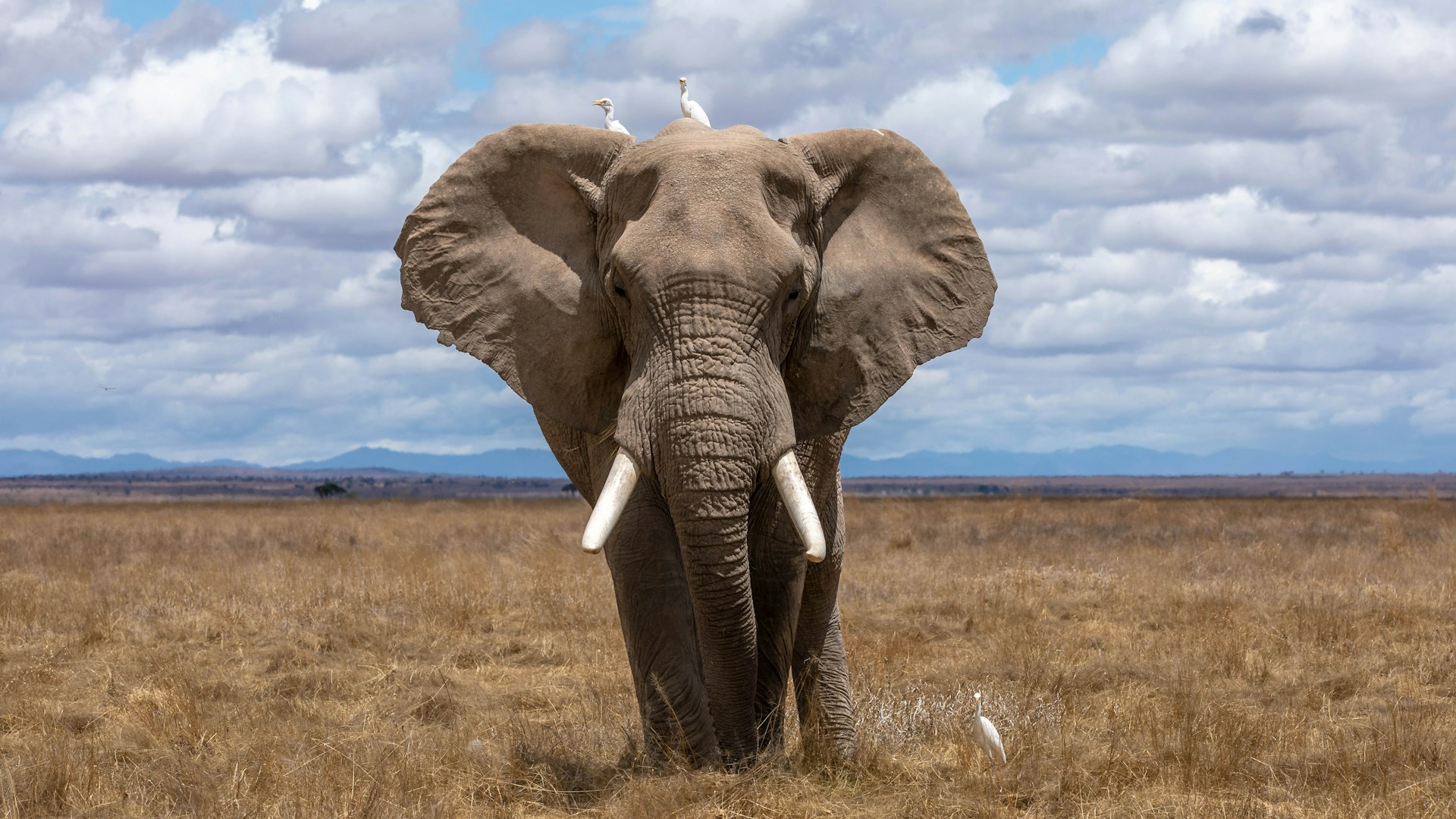
Matriarchs remember. They carry maps of danger and hand them down, teaching herds to detour around fields, throttle pace near engines, and pause when unfamiliar machinery hums. Even in protected reserves, stress rises when human cues stack up, and routes stretch by miles to maintain space. The cost lands in time and energy, yet the lesson endures. Confrontation with people rarely ends well for elephants, so wisdom looks like patience, long circles, and a quiet line through safer country.
Wolves Navigate a Landscape of Fear
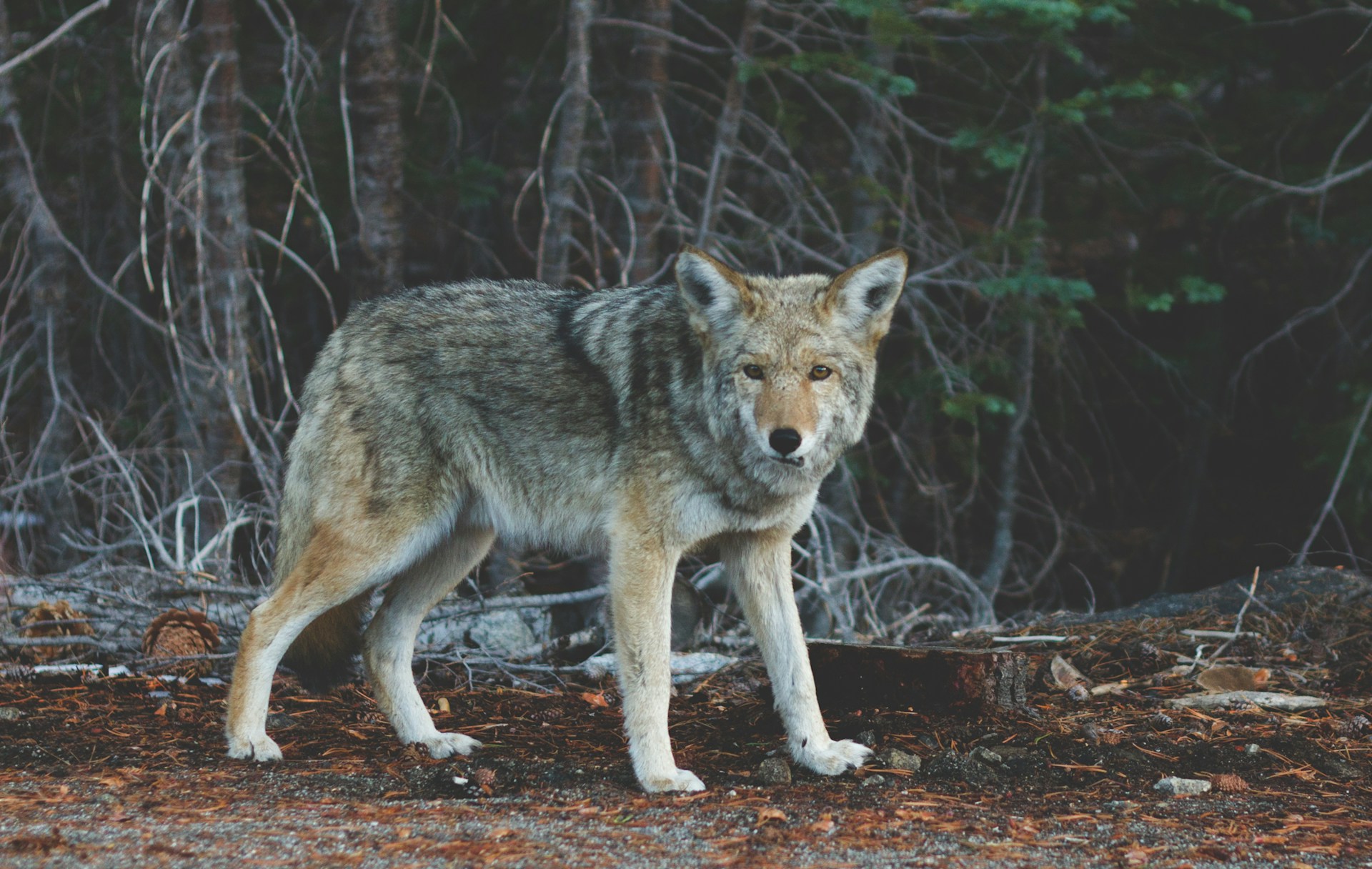
History set the rules, and wolves learned them. Packs shift hunts to low traffic hours, slip into less efficient territories, and soften howls that might betray position. When activity climbs near a den or a productive meadow, they move on, taking safety over abundance. It is a clear calculation. Humans hold the advantage in any direct clash, so the smartest course is absence. What follows is a working truce written in silence, distance, and careful use of the map.
Big Cats Choose Discretion Over Drama
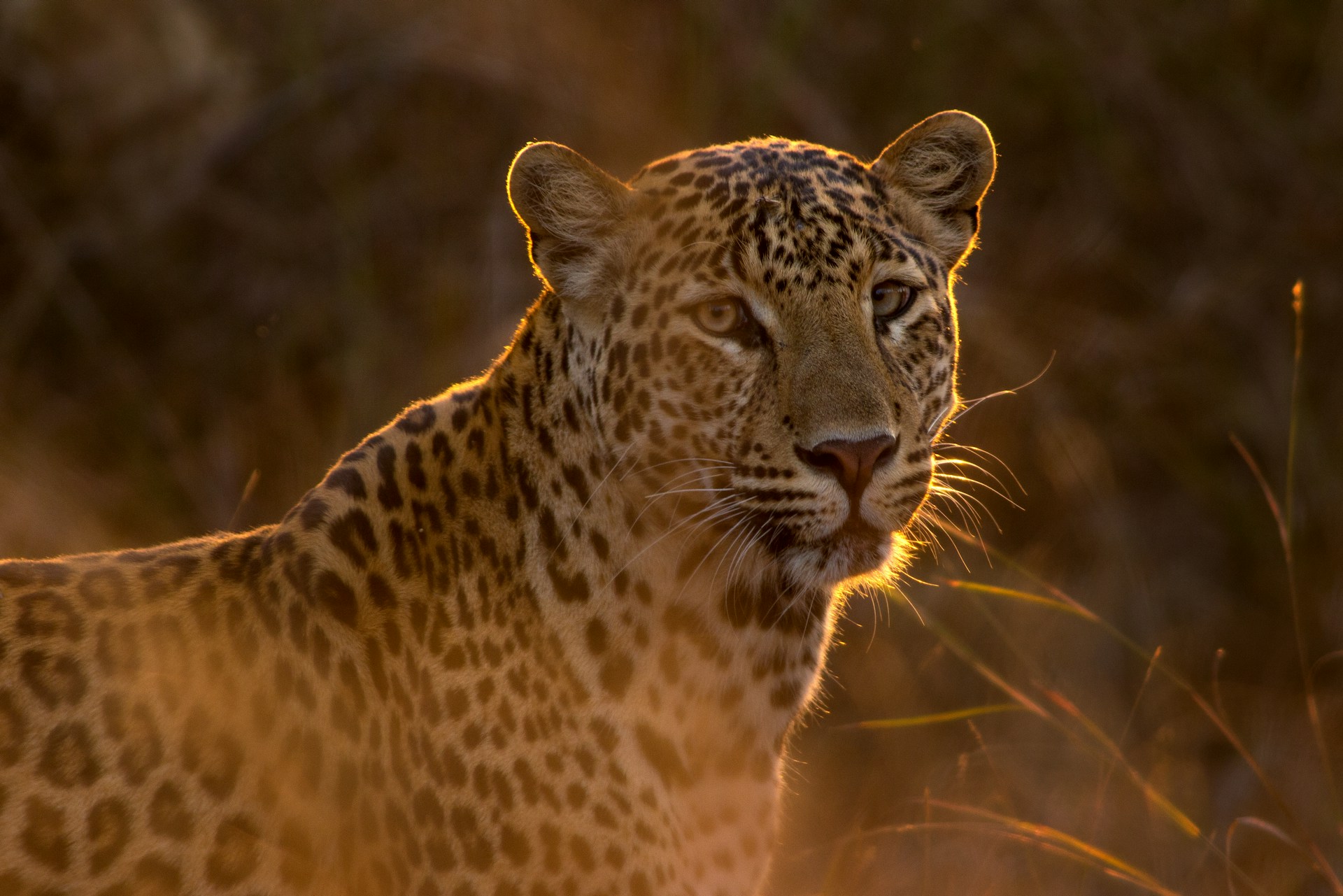
Leopards and jaguars are built for ambush and vanish just as well. Camera traps show abrupt retreats when human voices drift through understory, even from easy meals. Scents from fuel, plastic, or detergent trigger the same decision long before eyes meet. Over time, these solitary hunters learned the full signature of human presence and treat it like a boundary. Predation continues, but routes shift, pauses lengthen, and the best move is often the simplest one. Leave.
Sharks Keep Their Distance in Noisy Seas
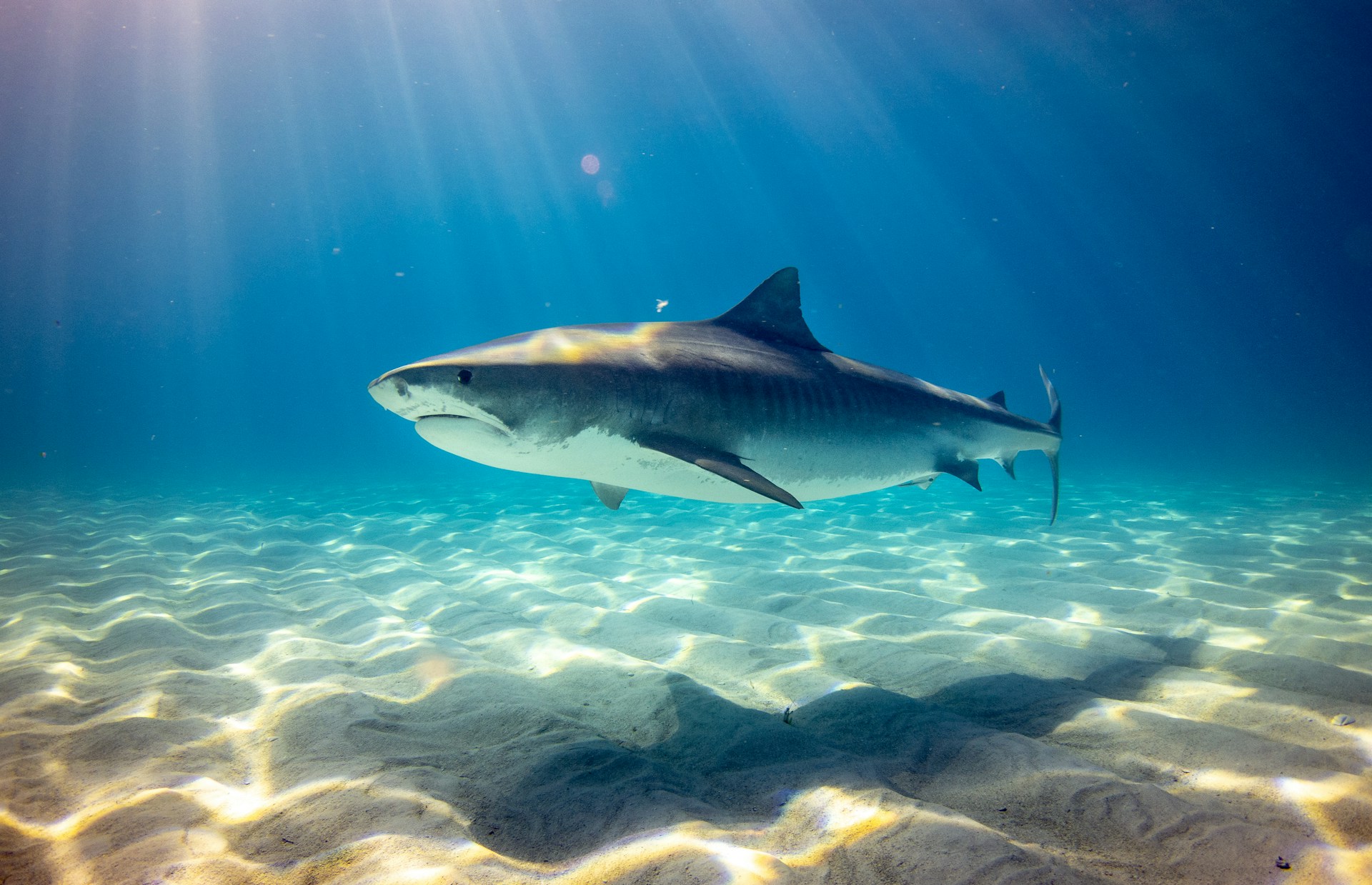
Shark encounters make headlines, yet rarity tells the real story. In busy waters, many species thin out or shift patterns beyond peak swimmer hours. Boat engines, bubbles from dive gear, and clustered activity read as unfamiliar risk, and risk gets a wide berth. Add fishing pressure, and the incentive to avoid humans grows. Ancient instincts still rule the hunt, but a new rule sits on top. When the signal is human, the smarter path is to turn away.
Coyotes Work the Night Shift
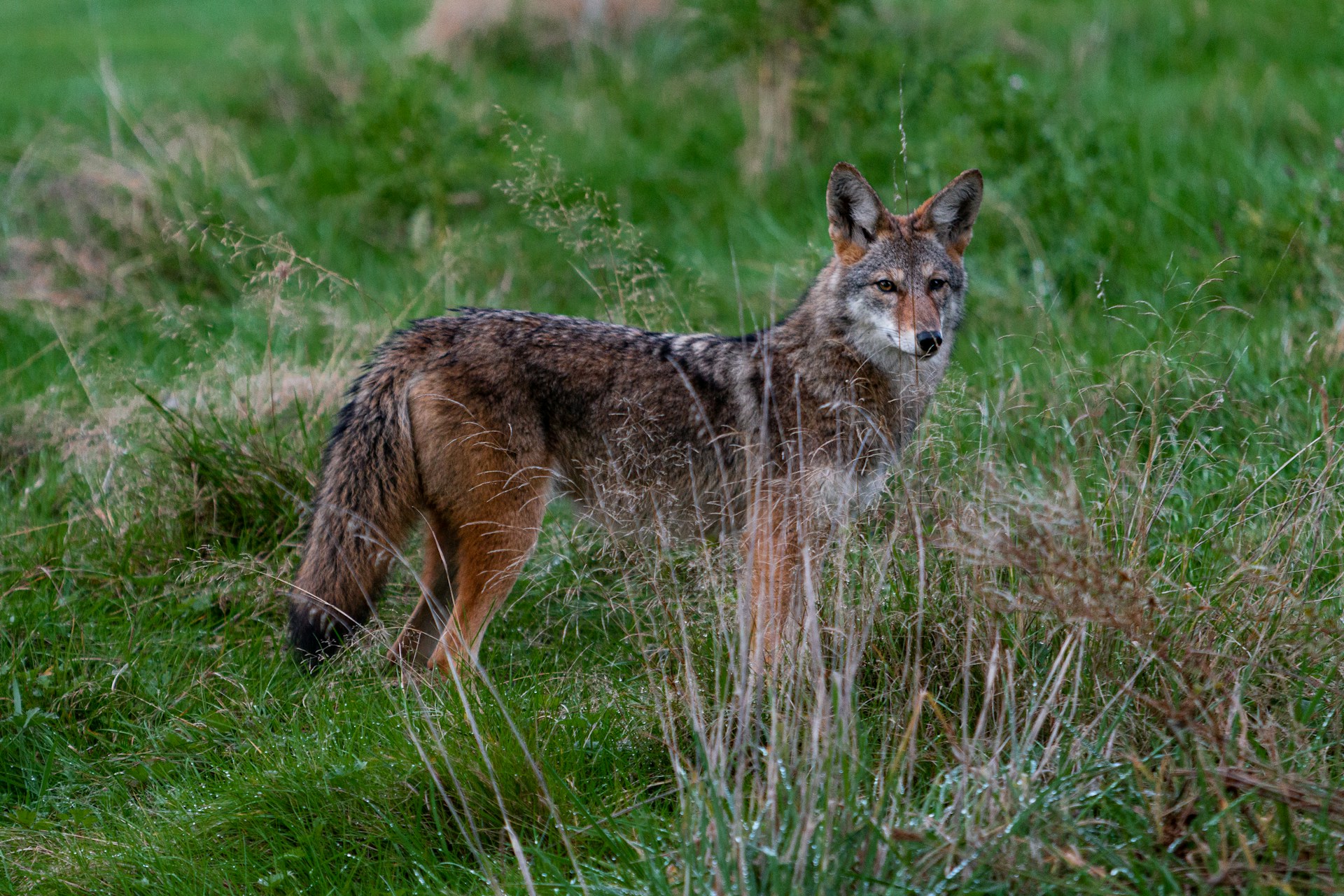
Coyotes flourish near people by studying schedules, not by seeking contact. Activity peaks when streets empty and porch lights flick off, a temporal detour that trims conflict. Juveniles make more mistakes, elders dodge cameras and traps with uncanny care, and family groups refine routes like clockwork. The city becomes a moving puzzle they solve nightly, one gap and alley at a time. Coexistence here rests on avoidance as strategy, not boldness as myth.
Black and Brown Bears Avoid the Fight
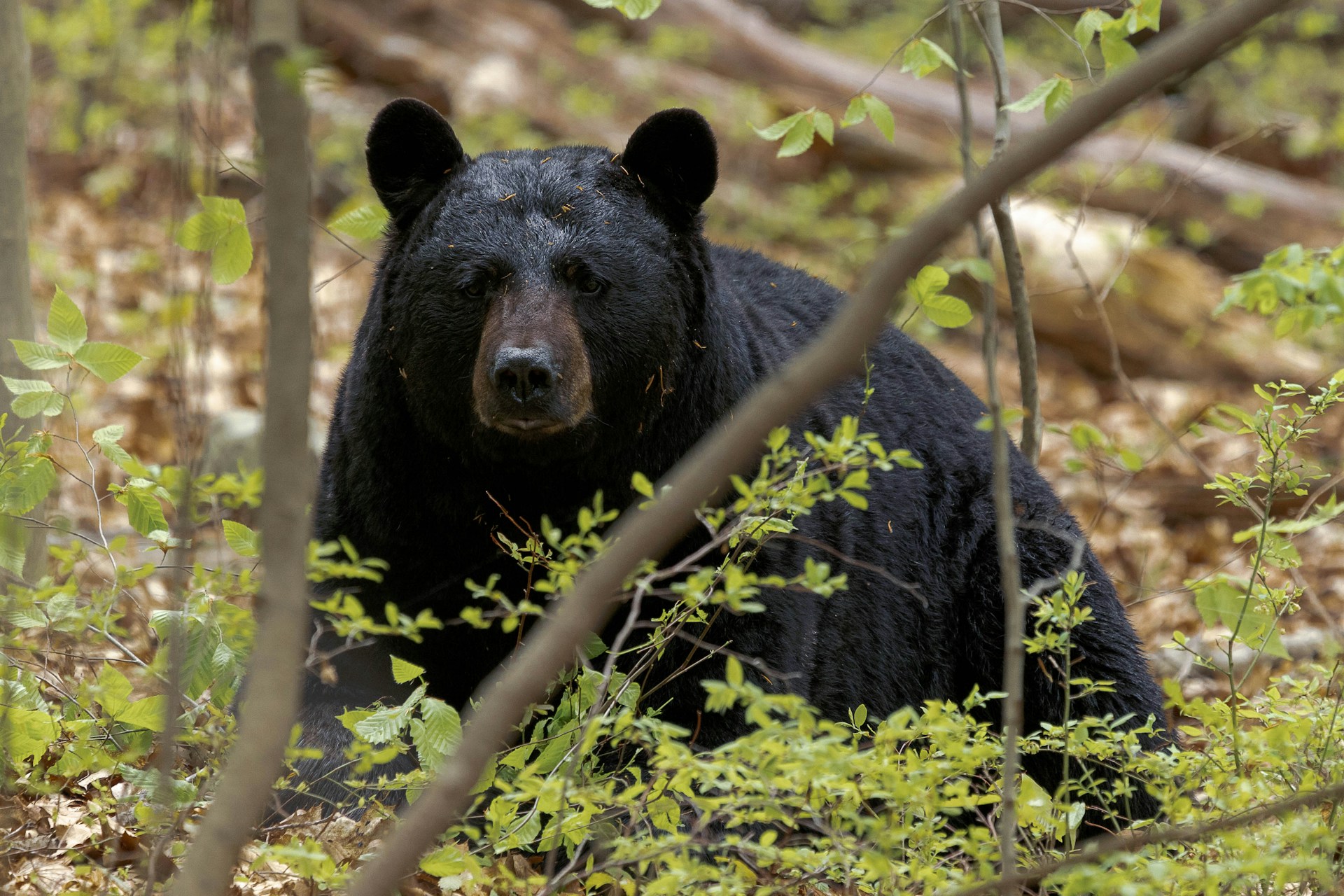
Close to towns, bears time raids for quiet windows and keep exits close. Deterrents like air horns and trained aversion work because fear already lives in the plan. Even a full garbage can loses appeal if a person appears, and a fast retreat beats any snack that comes with a shadow. Managers rely on that instinct, and most bears honor it. The result is a tense choreography where appetite yields to caution, and caution keeps both sides intact.
